Grain sorghum is Australia’s most important summer crop both in terms of area sown and quantity of grain produced. The area sown to grain sorghum has consolidated to around 600,000-700,000ha despite droughts, with two thirds of that area produced in Queensland.
In Goonoo approximately 3,300ha was sown in sorghum, using both irrigated and zero-till systems. I had never seen this crop before arriving in Goonoo, but soon after my arrival I was part of the harvest crew. The feedlot require the moisture content for sorghum to be a maximum of 13.5%. Sorghum is naturally high in protein and is a vital ration constituent for the feedlot. Another unique feature of the crop is the genetically modified (GM) seed used.
Forage Sorghum
Forage sorghum in Goonoo is used as a grazing crop for cattle. The animals which aren’t housed in the feedlot are the primary grazers of forage sorghum. Like most plant feeds, the feed value of forage sorghum is highest when the plant is young. However extreme care must be taken when grazing forage sorghum due to the risk of prussic acid poisoning. Cyanogenic glucosides are a natural component of the plant which when eaten by the cattle are converted to hydrogen cyanide. In sufficient quantities this can lead to poisoning. Sensible grazing management is therefore implemented to avoid stock deaths, with no grazing taking place until the crop is at least 80cm high.
Lablab
Lablab is a legume and is used as a cover crop in Goonoo again for grazing cattle. Lablab produces pods with small black beans inside. Cattle tend to graze the stalk and leaves rather than eat the pods and beans inside it, unless grazed at an early stage when the beans are green. Lablab is inoculated with rhizobium and produces its own nitrogen. This improves soil nitrogen levels and serves well as a break crop in rotation. In terms of feeding value lablab is higher in protein compared to forage sorghum, increasing growth rates of the cattle it feeds.
Spraying by plane
In the common room of the agriculture building in UCD there are a number of students who at ease can rhyme off axle numbers of 8 series New Hollands, quote prices of John Deere tractors from the 60’s and sit up in their chair at the topic of machinery. Out here in Goonoo, I feel even they would be in awe at the scale of machinery required to carry out routine tillage procedures.
Tillage here is a case of seismic scale, and simple tasks such as spraying require large machinery and many days to complete. Here at Goonoo the spray rig consists of a John Deere sprayer with a 2,300l tank and a 24m boom. A contactor comes to spray on certain occasions and his rig has a 4,000l tank and a 38m boom.
A unique sight to behold while I was in Goonoo was the spraying procedure being carried out by plane. Although only having a 12m span, the plane flies barely above the ground and can spray hectares upon hectares extremely quickly. It is a very dangerous job and is contracted out to professionals. 
Harvest
While at Goonoo, the sorghum harvest was on and off amid moisture restrictions and sporadic rainfall, with a total of 3,300ha to be harvested. Moisture probes are dotted throughout fields and samples taken before beginning.
Again, the size of the machinery was immense as I became part of the harvest crew. Two combines with 40ft headers on each lead the brigade. From the auger of the harvester, grain is transferred into two 280hp tractors drawing a trailer christened a ‘chaser bin’ with the capacity for 20t of grain.
The tractors dump the 20t into massive 110t “mother-bins” parked at the end of the field via augers. A team of four grain hauliers driving “road trains” then fill each of their compartments to 55t capacity and haul the grain back to the feedlot, where it is padded and covered with tarp.
A unique experience
Everything I have learned in Goonoo’s tillage operation has been unique, new and captivating. From irrigating to harvesting, learning about crops I have never seen before and driving tractors more than double the size of their standard Irish counterparts, it has been a pleasure to be part of the Goonoo Farming team.
I look forward to the coming weeks as I will be delving into the vast mass of Wagyu cattle in the feedlot.
See the gallery above for all the photos from Goonoo, Australia.
James Meade is an agricultural science student at UCD and travels on the professional work experience programme supported by the Irish Farmers Journal and the Agricultural Science Association.
Read more
Student blog: Queensland’s quest for water
Read more student blogs
Read more from James Meade
Grain sorghum is Australia’s most important summer crop both in terms of area sown and quantity of grain produced. The area sown to grain sorghum has consolidated to around 600,000-700,000ha despite droughts, with two thirds of that area produced in Queensland.
In Goonoo approximately 3,300ha was sown in sorghum, using both irrigated and zero-till systems. I had never seen this crop before arriving in Goonoo, but soon after my arrival I was part of the harvest crew. The feedlot require the moisture content for sorghum to be a maximum of 13.5%. Sorghum is naturally high in protein and is a vital ration constituent for the feedlot. Another unique feature of the crop is the genetically modified (GM) seed used.
Forage Sorghum
Forage sorghum in Goonoo is used as a grazing crop for cattle. The animals which aren’t housed in the feedlot are the primary grazers of forage sorghum. Like most plant feeds, the feed value of forage sorghum is highest when the plant is young. However extreme care must be taken when grazing forage sorghum due to the risk of prussic acid poisoning. Cyanogenic glucosides are a natural component of the plant which when eaten by the cattle are converted to hydrogen cyanide. In sufficient quantities this can lead to poisoning. Sensible grazing management is therefore implemented to avoid stock deaths, with no grazing taking place until the crop is at least 80cm high.
Lablab
Lablab is a legume and is used as a cover crop in Goonoo again for grazing cattle. Lablab produces pods with small black beans inside. Cattle tend to graze the stalk and leaves rather than eat the pods and beans inside it, unless grazed at an early stage when the beans are green. Lablab is inoculated with rhizobium and produces its own nitrogen. This improves soil nitrogen levels and serves well as a break crop in rotation. In terms of feeding value lablab is higher in protein compared to forage sorghum, increasing growth rates of the cattle it feeds.
Spraying by plane
In the common room of the agriculture building in UCD there are a number of students who at ease can rhyme off axle numbers of 8 series New Hollands, quote prices of John Deere tractors from the 60’s and sit up in their chair at the topic of machinery. Out here in Goonoo, I feel even they would be in awe at the scale of machinery required to carry out routine tillage procedures.
Tillage here is a case of seismic scale, and simple tasks such as spraying require large machinery and many days to complete. Here at Goonoo the spray rig consists of a John Deere sprayer with a 2,300l tank and a 24m boom. A contactor comes to spray on certain occasions and his rig has a 4,000l tank and a 38m boom.
A unique sight to behold while I was in Goonoo was the spraying procedure being carried out by plane. Although only having a 12m span, the plane flies barely above the ground and can spray hectares upon hectares extremely quickly. It is a very dangerous job and is contracted out to professionals. 
Harvest
While at Goonoo, the sorghum harvest was on and off amid moisture restrictions and sporadic rainfall, with a total of 3,300ha to be harvested. Moisture probes are dotted throughout fields and samples taken before beginning.
Again, the size of the machinery was immense as I became part of the harvest crew. Two combines with 40ft headers on each lead the brigade. From the auger of the harvester, grain is transferred into two 280hp tractors drawing a trailer christened a ‘chaser bin’ with the capacity for 20t of grain.
The tractors dump the 20t into massive 110t “mother-bins” parked at the end of the field via augers. A team of four grain hauliers driving “road trains” then fill each of their compartments to 55t capacity and haul the grain back to the feedlot, where it is padded and covered with tarp.
A unique experience
Everything I have learned in Goonoo’s tillage operation has been unique, new and captivating. From irrigating to harvesting, learning about crops I have never seen before and driving tractors more than double the size of their standard Irish counterparts, it has been a pleasure to be part of the Goonoo Farming team.
I look forward to the coming weeks as I will be delving into the vast mass of Wagyu cattle in the feedlot.
See the gallery above for all the photos from Goonoo, Australia.
James Meade is an agricultural science student at UCD and travels on the professional work experience programme supported by the Irish Farmers Journal and the Agricultural Science Association.
Read more
Student blog: Queensland’s quest for water
Read more student blogs
Read more from James Meade

















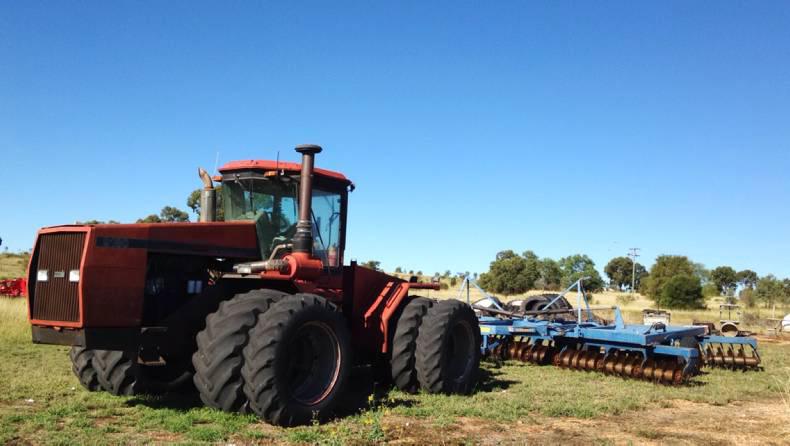
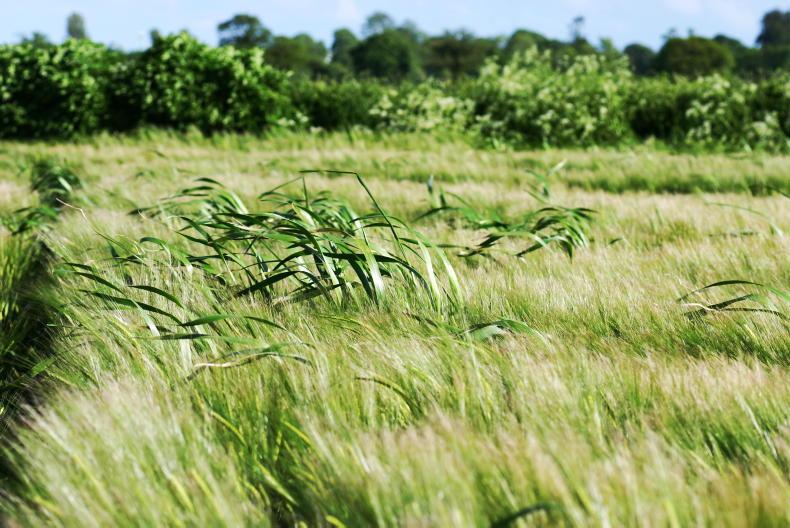
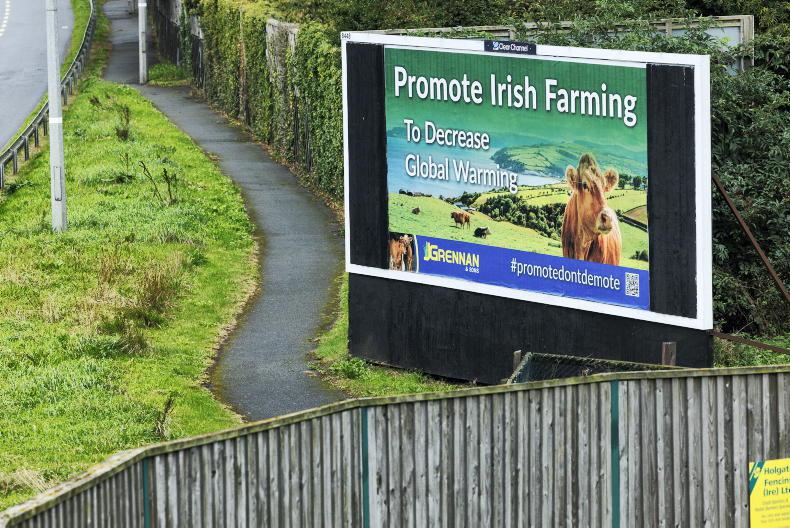
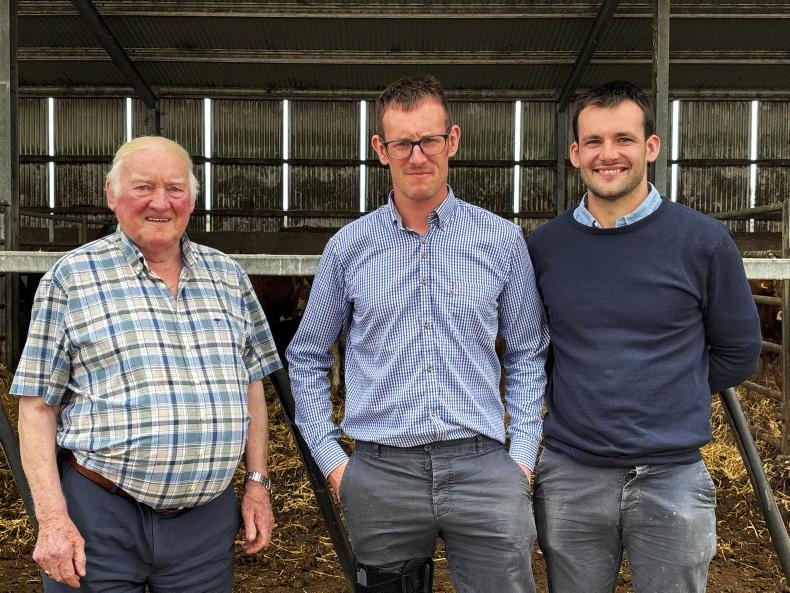
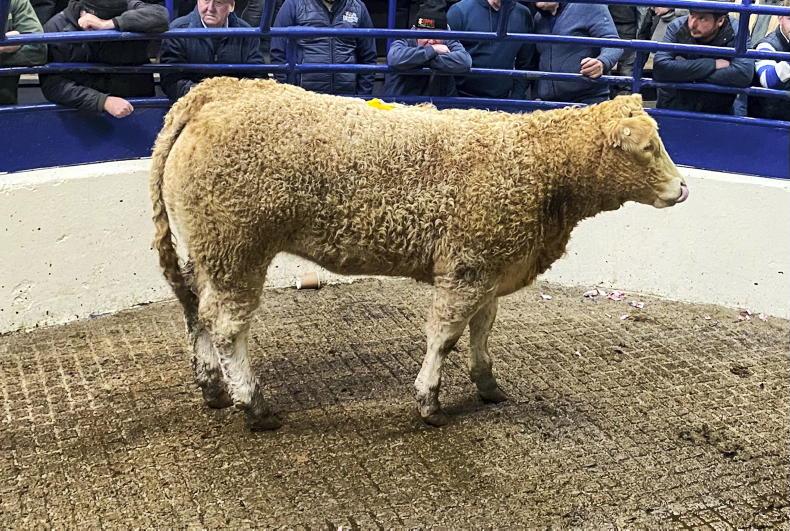
SHARING OPTIONS